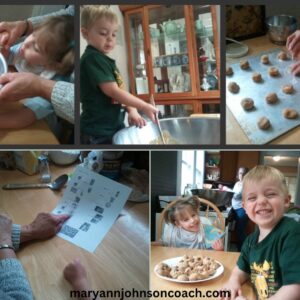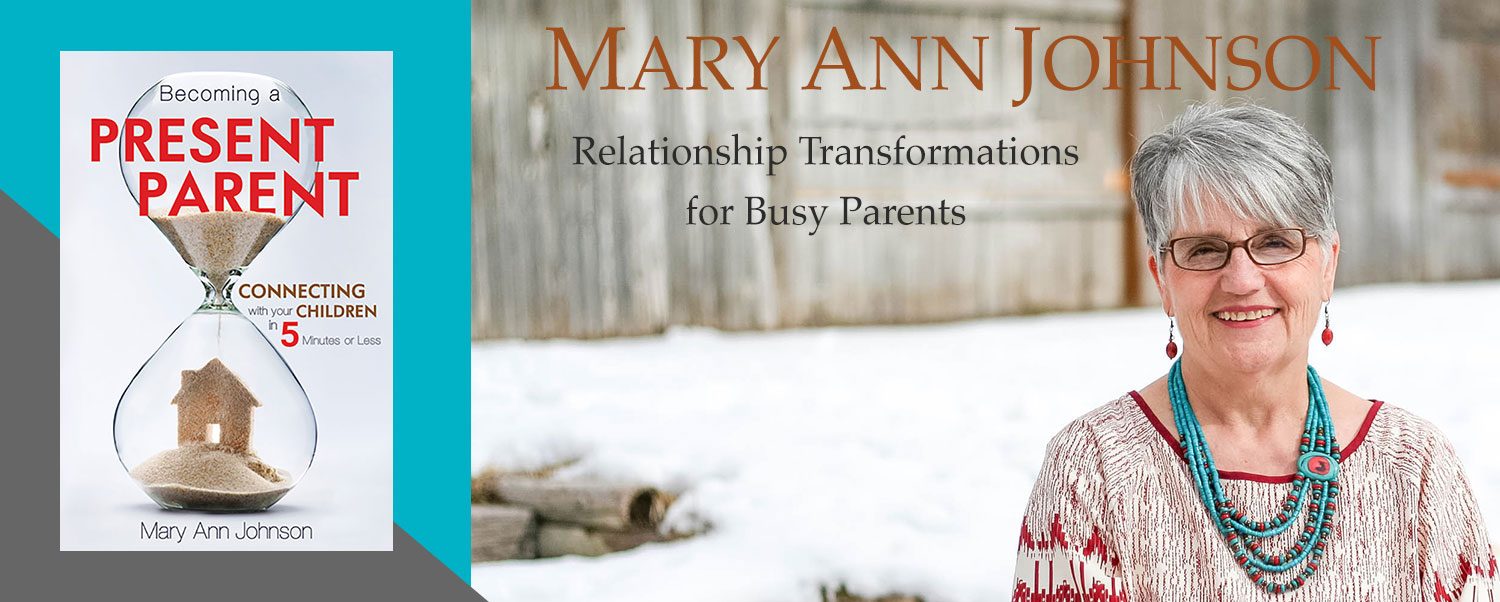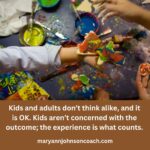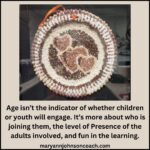 Let’s pick up where we left off last week. I shared a cookie-baking experience I had with some neighbor children, who were my buddies. Today, I share the second baking experience, one I had with two of my grandchildren. Watch for the connections as we explore how to determine a successful activity.
Let’s pick up where we left off last week. I shared a cookie-baking experience I had with some neighbor children, who were my buddies. Today, I share the second baking experience, one I had with two of my grandchildren. Watch for the connections as we explore how to determine a successful activity.
Story 2
The second cookie bake occurred some months after the first one. Maggie was four, and Jack was two. One day I called Jack and asked him what he was interested in. We were not living in the same home but close enough to meet weekly. He replied without hesitation, “Making cookies.” The Spark!
I put some thought into how we could do this. After all, it hadn’t been long since Story 1, and Maggie had severe cerebral palsy. How could I make this a fun learning experience without breaking my patience bank? LOL
I turned the written recipe into a picture recipe. I learned from my Story 1 experience that when you can’t read, a recipe is hard to manage. I wasn’t all that techy, but with a Word doc. and some pictures, I figured it out. It only took about 15 minutes. : )
Because they were 2 and 4, I didn’t differentiate measurements, just how many cups or spoons we needed to use. If there was more than one teaspoon, I would show two spoons in the recipe. Another thing I had learned from the Story 1 experience. If I had been working with older children, we would have discussed different cup measurements and found the cup or spoon that matched the fraction in the recipe. I have done this with my older grands for years. They don’t get bored, and cookie baking has become a tradition, a true bonding experience.
I had all the ingredients on the table when they came over to bake. Another thing I learned from Story 1, no time to fight while I got organized. LOL Since these two were calmer than the first and larger group, we were able to talk about what each ingredient did. Salt, for example, isn’t used to make cookies saltier; it enhances the taste. Hmmm, new word! Sugar makes cookies sweet. Flour and eggs are the structural ingredients in baking; they give cookies substance. Two more new words. Baking soda is for fluffiness, and you can clean your dog with it too! This fluffiness is called leaven, another new word. This was a new word day and they loved it.
We looked through the picture recipe and talked about what we needed to do. At the bottom, it told us to set the oven to 375 degrees. Jack helped me find the number 375 on the oven. Each of us took a turn measuring an ingredient. After each addition, we stirred. It takes a lot of stirring for children to get it all mixed, so stirring after each addition is very helpful. Besides, stirring was the most fun part for them. : )
The recipe said to roll the dough into balls. Maggie couldn’t use her hands well enough to do this, even with help, and Jack was totally disinterested. They took a break in the living room while I rolled the balls. However, they loved rolling them in sugar and putting them on the pan.
We learned to read the recipe and figure out what went into cookies, as well as lots of counting as we determined how many spoons and cups, we needed. They heard new words. The children liked being able to figure out which ingredient was next. It was more fun than having Grandma say, “OK, now we need flour.”
This activity took lots of time. Because Maggie had no control of her arms and hands, there was a mess as I helped her measure and stir. I live with these grands now. They are 16 and 18. The bond we made back then is helping us navigate them being teens. The time was well spent, and the mess was worth it!
Each cookie-baking experience was different but notice that the outcome was the same. The children learned a few things and had a great time. They were pleased with the outcome because I remained pleased, even though it took lots of time, there was a mess, and things didn’t always go as planned. When we pay attention to what is sparking our kids or we use something we’re interested in to spark them, the outcome can be a fun-filled learning activity.
When we let our adult expectations go and remember that structure, consistency, and presence trump everything else, we will have powerful activities, even if they don’t go as planned. Those neighbor kids are still connected with me, and it’s been over thirteen years since we lived in the same town. My grands, who now live in the same home as I do, come to me for help with all kinds of things because they trust me, know I care, and I love them. So, take the time to structure family activities, be consistent, and be present. Then use Sparks, yours, or theirs.
You will see a strong connection grow that will last.






